I have a single A/C source that I would like to phase shift into three different phrases, offset by 120 degrees, essentially resulting in something like below:
I've seen out in the real world, folks doing this type of conversion by powering a single phase motor, into a three phase generator. I'd like to find a way to do this using only solid state components; I don't see any reason why this is not possible (if it is not possible, please tell me why!)
So I'd like to design individual "PS1", "PS2" and "PS3" circuits. I've had some luck phase shifting voltage using capacitors (dumb example) but I haven't been able to figure out the math for how to calculate the right capacitor (or inductor) sizes to make this work. It seems like a simple 120 shift should be feasible but I'm stuck. What should a simple 120 degree phase shift circuit look like? What math should I poke around with to calculate component sizes?


